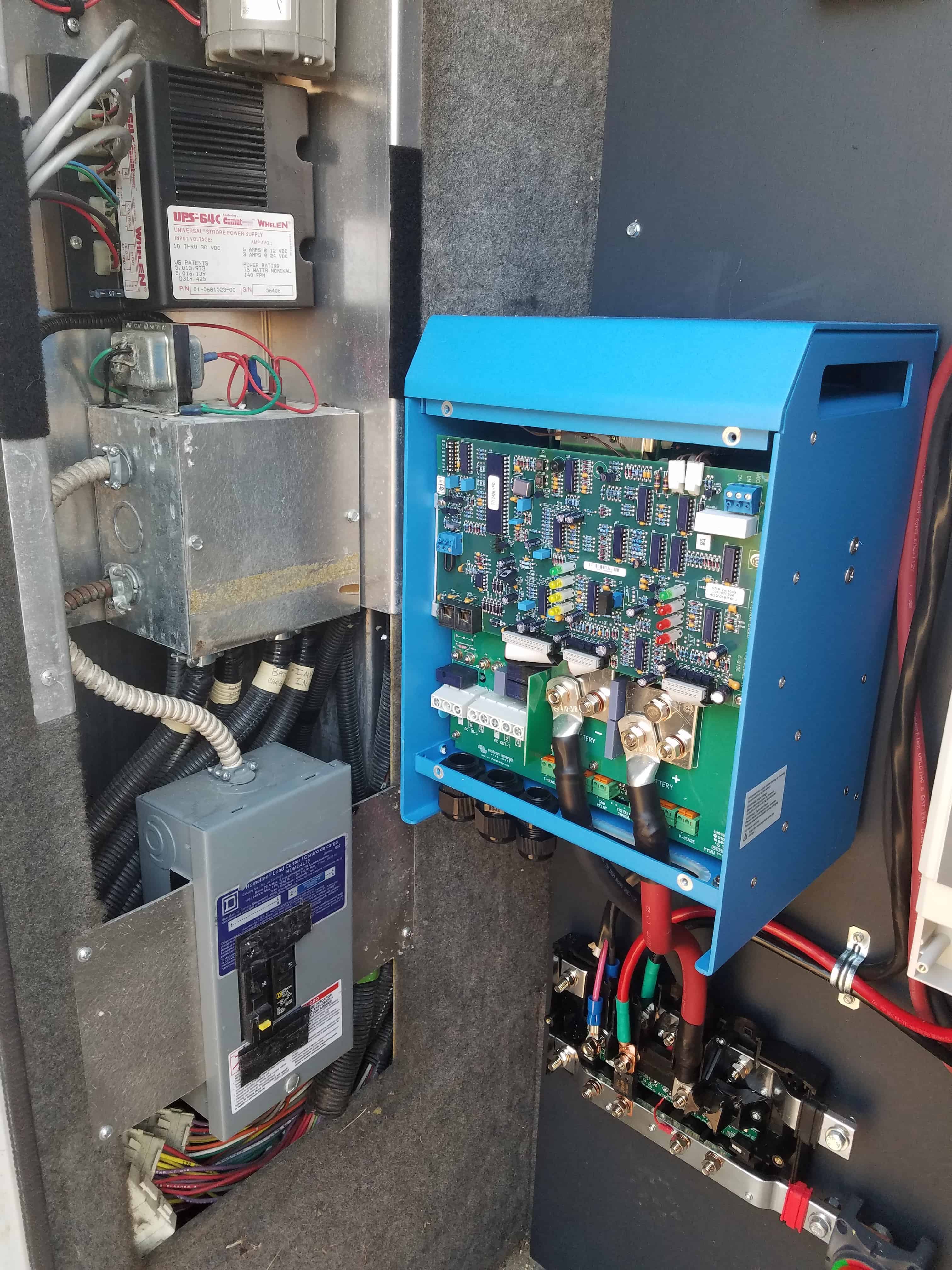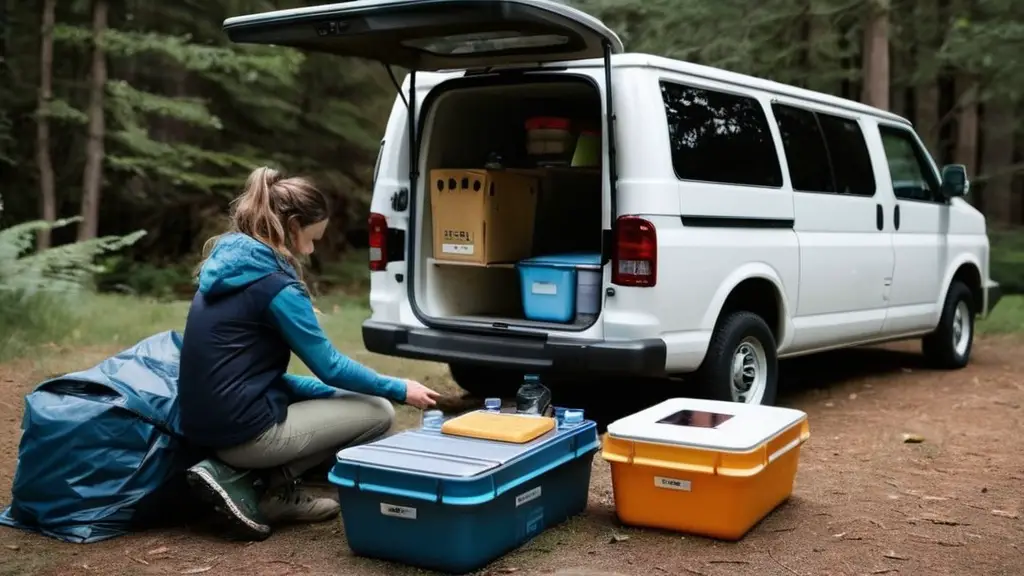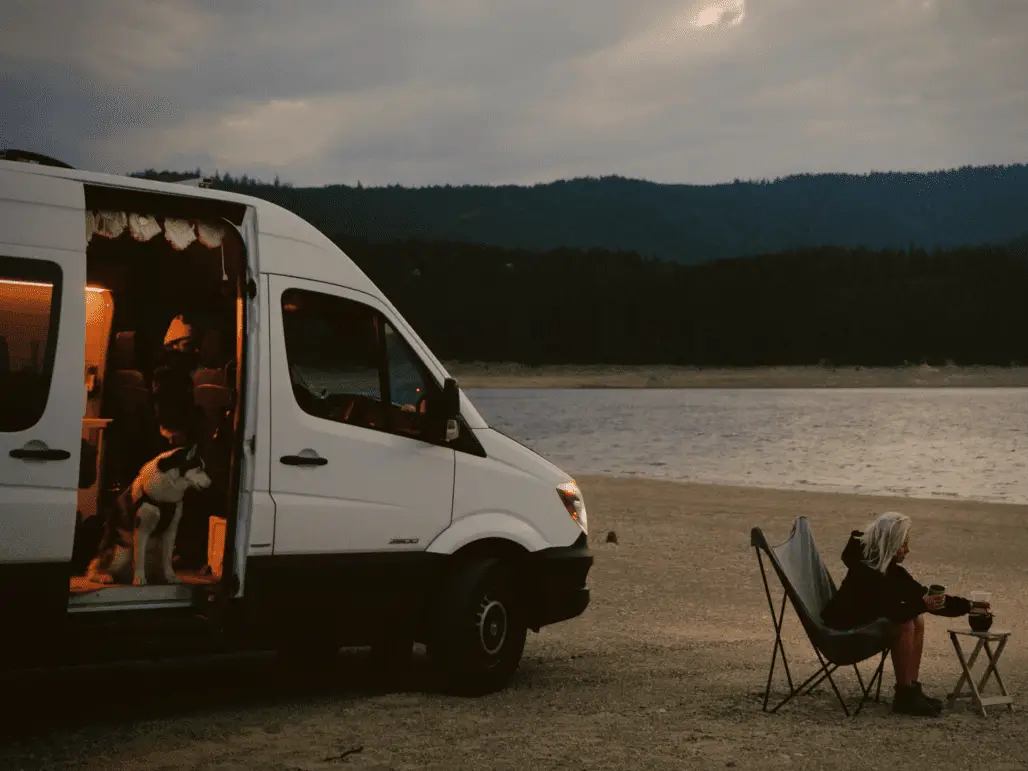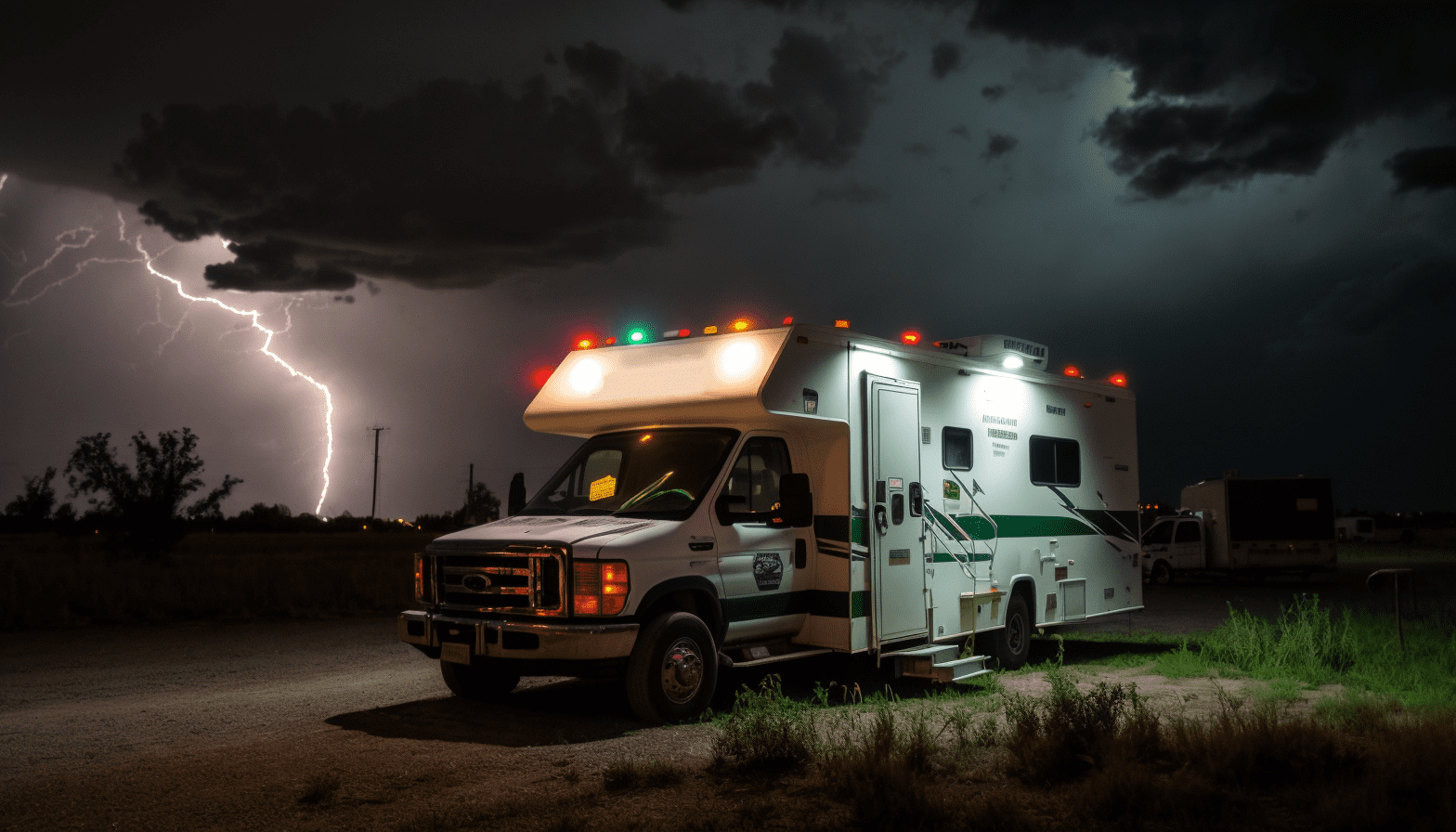When converting a vehicle into a campervan, there are two main options for installing the electrical system. One option is using 12 volts, while the other uses 24 volts. We will be explaining the differences in 12 volt vs 24 volt
12 volt vs 24 volt Solar Systems – Calculating Expectations
What do you expect your system to power? Typically, the answer will start with the usual conveniences: fridge, LED lights, MaxAir fan, stovetop, heater, and charging for devices such as phones, computers, and cameras.
We’ve become so accustomed to using electricity that we rarely stop to consider how much energy we use or why we choose certain appliances over others. But when you start considering your electrical needs, you can make smart choices to reduce energy usage and lower costs. When converting your vehicle into an RV, you have the opportunity to select the most efficient electrical systems. You can then determine which system you really need and which ones will not suffice.
Switching the ambulance from the auxiliary batteries for the back module required a completely new electrical circuit. The positive terminal was fed back to the electrical cabinet and the negative terminal was removed. The battery packs in the drawer were two truck lead acid batteries that were no longer needed.
Questions to ask when deciding between a 12-volt, or 24-volt?
- What is the distance between the components?
- What is the actual amount of power being pushed through the system?
- Are you going to install 12-volt solar panels?
- What is the number of multi-watt panels of solar power we plan to install?
- What is the voltage used by most of the devices or components?
- Does the system have growth goals?
What is the distance between the components?
Why is this important? 24-volt systems use a smaller gauge wire than a 12-volt system. My 24-volt system uses a 1/0 size cable set but would use a 4/0 if it were a 12v battery system. Imagine the expense of running the cables to a battery bank that is on the opposite side of the van from the Inverter or MPPT.
Wait a minute…why is the wire larger? This requires a basic explanation of voltage. A volt is a measure of electrical pressure, very similar to water pressure in your household. There is less electrical ‘pressure’ or ‘force’ in 12v systems than in 24v systems. It’s like having your faucets on full blast when you have a 24-volt system. Higher voltage systems can deliver more electricity (amps) in a given wire diameter (think household plumbing).
Why do 24-volt systems require smaller wires than 12-volt systems? Because the higher battery voltage requires less amperage (current) to produce the same amount of energy. Our wires can be smaller because we are running less electrical current. This is the same reasoning behind transmitting electricity through high-voltage transmission towers. Smaller wires allow us to transmit greater amounts of electrical energy.
So What Are The Advantages and Disadvantages of Each System?
The 12-volt system’s pros:
- You can use just one battery
- If you use your van’s alternator as one of the recharge sources, it is also 12-volt
- Most of the components you will be using are 12-volt and will not need the extra DC-DC converter to step down to 12-volts
The 12-volt system’s cons:
- If you are installing a solar array, the amount of charging power might exceed the 12-volt battery capacity and require multiple MPPT solar charge controllers
- Larger wires are required (See above)
- Less efficient with battery draw due to the higher amps
The 24-volt system’s pros:
- Smaller wires are needed (See above)
- More efficient with solar chargers
- Easier to upgrade
The 24-volt system’s cons:
- All 12-volt components require a 24-volt to 12-volt converter (DC-DC) to be installed
- May be harder to configure charging/controller components
Description of the DC-DC Converter
The DC-DC converter is simple. In this case, it takes a 24-volt DC input voltage (directly from the batteries) and converts it down to 12 volts. This allows you to install a fuse block for the 12-volt appliances and feed power to 12-volt lights, chargers, compressor fridge, and other components. These converters are needed when using a 24-volt system in your camper. The inverter, on the other hand, takes the 24-volt DC input and converts it to AC loads of120 volts.
There are many different types of DC-DC converters available. Some are designed specifically for powering small appliances, others are designed for charging large batteries, and still others are designed to work with both. There are also several different ways to connect these devices together.
The Heart Of The System – The Batteries
There are three types of batteries commonly used in camper vans – lead acid, AGM, and Lithium Ion. Both types offer similar performance and longevity. However, there are some differences between them. Here’s a quick comparison of the pros and cons of each type of battery.
Lead Acid Deep Cycle Batteries (Marine Batteries) Pros:
- They’re inexpensive.
- They’re widely available at most hardware stores.
Cons:
- Lead acid batteries require maintenance.
- They degrade over time.
- They produce corrosive gases
AGM (Absorbed Glass Mat) Pros:
- Spills aren’t a problem. Even if the case is broken, the acid won’t spill. Hazardous materials restrictions do not apply to them, and they are safe to transport.
- In addition, they are vibration-resistant. They were designed to withstand the constant vibration of military aircraft and helicopters.
- Their shock resistance makes them a good choice.
- Unlike wet-cell batteries, they are able to withstand colder temperatures. Although they won’t operate if frozen, they are not damaged.
- Any orientation can be used.
- Gassing is minimal, so it can be used in less-ventilated areas.
- Due to their low self-discharge rate, they can be stored for a longer period of time before they need recharging.
- If well maintained, they last longer than Sealed Lead Acid batteries.
- They require no maintenance.
Cons:
- Batteries are more expensive due to higher manufacturing costs.
- Overcharging and high voltages can damage them, and they require full recharging between uses, which makes them unsuitable for some applications.
Lithium Batteries Pros:
- They last longer than lead acid batteries. Cons:
- They cost more than lead-acid batteries.
- They need special care to maintain optimal performance.
In Conclusion
The bottom line is that all three types of batteries work well in camper van conversions. So, which one should you use? Well, that depends on several factors including your budget, your vehicle, and your preferences.
If you plan to spend a minimal amount on a conversion, go with a 12V lead acid battery. This is because these batteries are cheaper and easier to find. Plus, they perform just fine for this application.
However, if you plan to spend $1000+ on a conversion, go for a 12V Li-ion battery. These batteries are expensive, but they last longer and perform better than lead-acid batteries. Plus, they’re safer and more reliable.
To sum up, if you’re looking for a cheap solution, go with a 12v lead acid battery. But if you’re willing to pay extra for safety and reliability and maximum battery life, go with a 12 V Li-ion battery.




